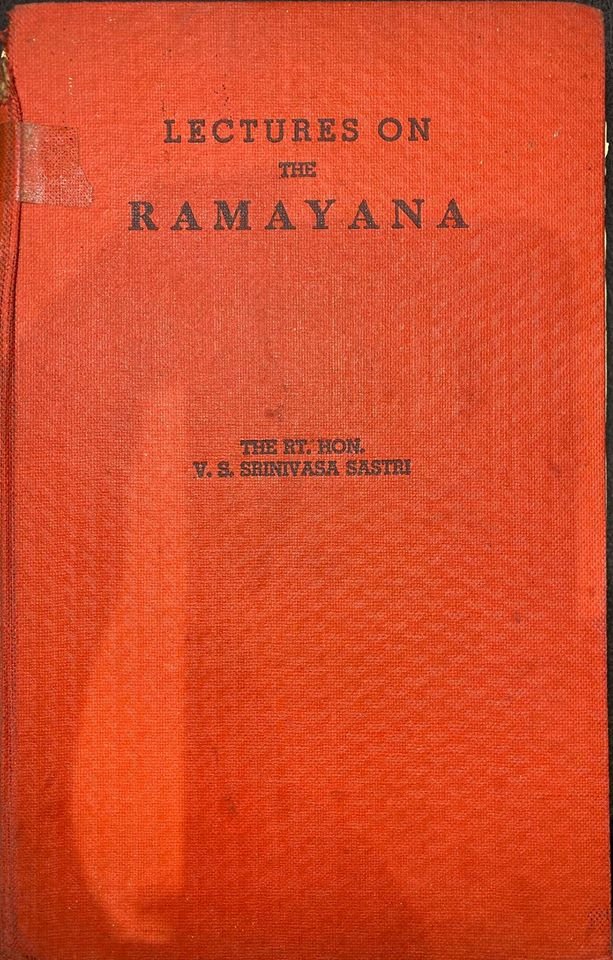
|
Getting your Trinity Audio player ready...
|
“aadau raam tapovanaadi gamnam , hatva mrigam kanchanam|
vaidehi harnam jatayu marnam sugreev sambhashanam ||
baali nigrahanam samudra tarnam lankapuri daahnam |
paschaadravan kumbhkaran hananam etadhi ramayanam ||”
This was how Tulsidas had summarized the great epic Ramayana one verse. ‘Ram went to forests, went after the golden deer to kill, Sita was kidnapped, Jatayu killed, friendship happened with Sugriva, Vali killed, ocean crossed, city of Lanka devastated, Ravan and Kumbhkarn were killed, and that’s all the Ramayana was’.
Every Indian learns epics like Ramayana and Mahabharata in such easier ways. The epics are integral to Indian civilizational, religious and cultural life. They continue to be popular even to this day, despite being told and retold multiple times. Latest example was the repeat telecast of the epics on Doordarshan which claimed to have attracted viewership surpassing the most popular movie series in the western world, ‘The Lord of Rings’.
Over the centuries many versions of Ramayana have appeared, of which Tulsi Ramayana of the 16th century is the most famous one. There are many other versions in other parts of the country, especially in the South. Each of these Ramayanas is unique; it carries a flavour that was typical of the time and space in which the version was written.
But going to the original has its own significance. Sage Valmiki, who was the original author of the epic, was said to have lived through the times of Ram. Thus his was the most authentic and first-hand rendition of the story. We find some commentaries on Valmiki’s Ramayana. One of the most popular commentaries was written by freedom fighter C. Rajagopalachari (C R). Published by Bharatiya Vidya Bhavan, C R’s Ramayana sold millions copies. It is in a way a popular edition of the Valmiki Ramayana.
But if you want to have a scholarly rendition, you must turn to another book, ‘Lecture on the Ramayana’ by a contemporary of C R and a renowned scholar-politician The Rt Hon V S Srinivasa Sastri. Sastri was not only a contemporary of Rajaji, but also hailed from the same city, Madras, or Chennai today. While C R’s commentary was populist, V S dealt with the subject in a highly scholastic way. The epic of epic proportions running into 24,000 verses and 7 chapters was organised into 30 lectures that Sastri delivered at Madras Sanskrit Academy in 1944. Mahatma Gandhi heard about the lectures and asked Sastri to publish them. The first edition was published in 1949 by which time Gandhiji had passed away.
These lectures cover entire Ramayana and Sastri based them on original verses from Valmiki’s Ramayana. He quoted original verses from Valmiki’s Ramayana, thus exposing the reader to countless unknown facets and dimension of the epic. The speciality of these lectures was that they were focused on individual characters in Ramayana. They start with Lakshmana and end with Kaikeyi. They cover almost all the important characters in the epic. Every lecture has endless wisdom flowing through V S’ interpretation of the subtilties of Valmiki’s verses and message to the mankind. Where C R tried to give populist interpretation to certain hard facts, V S sticks to Valmiki’s original narrative. Thus, the reader might sometimes get certain negative vibes about important characters like Ram. But it has to be understood from a scholastic perspective only.
Invaluable book in my view, rarest of the rare to come across on the epic, considered the soul of the Indian civilizational life. Not in print after 1969 it seems; pages started collapsing when I turned them in my personal copy. Amazon is offering online.
I strongly recommend this commentary by V S Srinivasa Sastri to all who love scholarly works on Indian epics.



